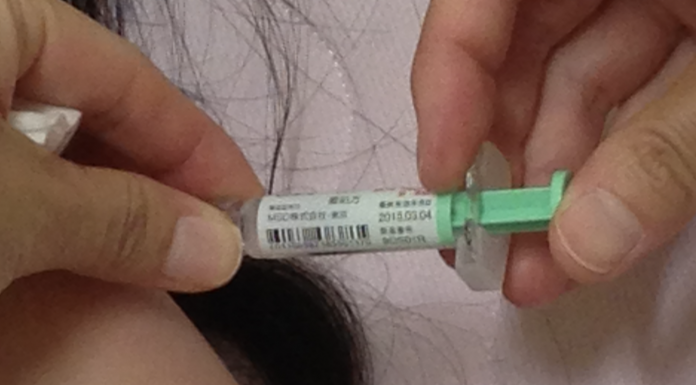The Centers for Disease Control and Prevention (CDC) released the results from the 2020 National Immunization Survey-Teen on Thursday in the Morbidity and Mortality Weekly Report, providing data on just over 20,000 teenagers.
” … only a minority of parents choose not to immunize their children against the sexually transmitted human papillomavirus (HPV) due to concerns that vaccination would encourage or support youth sexual activity … Instead, parental concerns tend to focus on safety worries, lack of necessity, knowledge about HPV and absence of physician recommendation … ” – JOHNS HOPKINS MEDICINE, 10/24/2018
Researchers found about 75.1% of teens had received at least one dose of HPV vaccine, up from 71.5% in 2020. About 58.6% were up to date on HPV vaccination, up from 54.2%.
“Improvements in HPV vaccination coverage are crucial to lowering rates of HPV-attributable cancers in the United States,” authors wrote.
Females continue to have higher rates of HPV vaccination. About 61.4% of females had completed the series compared to 56% of males. Rates were higher for teens in metropolitan areas than for those outside these areas.
The 2020 coverage rates for other vaccines were:
- 92.6% for at least three doses of hepatitis B,
- 92.4% for at least two doses of measles, mumps and rubella,
- 91.9% for at least two doses of varicella among those with no history of the disease,
- 90.1% for at least one dose of tetanus, diphtheria and acellular pertussis,
- 89.3% for at least one dose of meningococcal conjugate (MenACWY),
- 82.1% for at least two doses of hepatitis A,
- 54.4% for at least two doses of MenACWY and
- 28.4% for meningococcal B, which is given based on individual decisions between families and clinicians.
The survey data reflects vaccines teens have received throughout their lifetime, and most are recommended before age 13. Therefore, most of the vaccines were given before the COVID-19 pandemic took a toll on vaccination rates.
Authors did note that the percentage of teens initiating the HPV series in March through December was about the same in both 2019 and 2020. Still, other studies have found low rates for other vaccines in the early months of the pandemic. Both the AAP and CDC have been urging families to make sure their children are caught up, especially as they return to school. Routine vaccines can be administered at the same time as COVID-19 vaccines.
“Ensuring that routine vaccination is maintained and that adolescents catch up on any missed doses is essential to protecting persons and communities from vaccine-preventable diseases and outbreaks,” the CDC wrote. SOURCE.
HPV-Related Cancers
JOHNS HOPKINS MEDICINE – Becoming infected with HPV is a risk for several types of cancer. Among them are:
- Head and neck cancers related to HPV, primarily occurring in the tonsils and the back of the tongue (also known as oropharyngeal cancers). Nearly 70 percent of certain head and neck cancers, called oropharyngeal cancers, are caused by HPV. Men are three times more likely to develop head and neck cancer than women.
- Gynecological cancers affect the female reproductive organs. Those linked to HPV include cervical, vulvar and vaginal cancers. HPV is also responsible for the precancerous condition known as cervical dysplasia.
- Rectal cancer affects both men and women. HPV is thought to be responsible for about 91 percent of anal cancers.
- Penile cancer is relatively rare but affects men over 18 equally. HPV is thought to be responsible for 63 percent of penile cancers. SOURCE.



